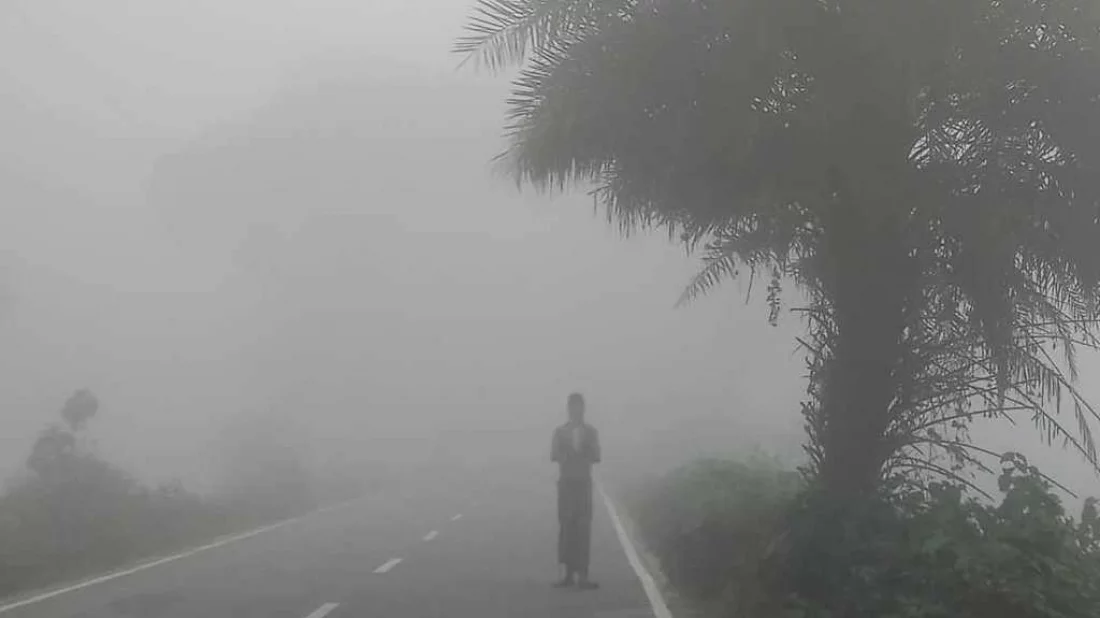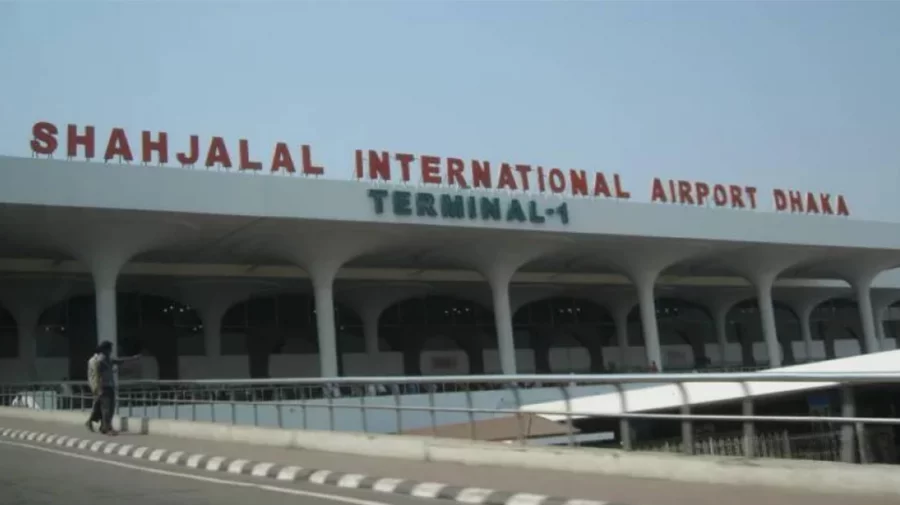
Although many attractive projects are underway to modernize all of the country's airports, and despite years of planning and equipment procurement, the authorities have failed to make significant progress in ensuring the smooth operation of flights during the winter.
Lacking modern equipment, the Civil Aviation Authority of Bangladesh (CAAB) often stumbles with day-to-day operations in dense fog, and then, every year, comes up with a “planning statement” in its defence in the face of criticism.
Due to dense fog on Thursday, an Air Rang Aviation flight almost experienced a runway incursion with a US-Bangla flight at Shah Amanat International Airport around 4pm.
On the same day, unable to land at Dhaka Airport due to dense fog, three international flights were diverted and landed at Shah Amanat International Airport, Kolkata Airport, and Mumbai's Maharaja Airport.
According to an international flightradar portal, a Saudia Airlines flight from Riyadh was scheduled to land at Dhaka airport at 2:10pm. However, due to heavy fog, it later moved to India and landed at Maharaja Airport in Mumbai.
More than 40 flights have been disrupted at Dhaka Airport from January 1 to 18 due to fog, and authorities are almost being forced to close flight operations from 12 midnight to 6am every day, disrupting the flight schedule.
According to CAAB data, a total of 13, 4, 1, and 1 flights were diverted to different airports from Dhaka Airport on January 4, 5, 6, and 11, respectively, while 1 on January 14 and 15, 11 flights on January 17, and 12 flights on January 18.
Such cases have arisen due to the lack of advanced technology called the Instrument Landing System (ILS), which is required for flight landing in dense fog or hostile weather.
Current status
According to CAAB sources, runway visibility was 800 metres or more through ILS Category-1 technology installed at Dhaka Airport. Now, the installation of Advanced Technology ILS Category-II is underway.
Through the newer technology, the pilot can land the flight even if the visibility of the ground is less than 500 metres. This technology was bought from South Korea for $5 million.
The old technology has been uninstalled since January 10 to install the better technology, leading the situation to become temporarily worse.
With ILS-3 technology, pilots do not face any problems with landing, even with visibility within 100 metres.
Industry insiders said ILS-2 technology is being used at Pakistan's Islamabad International Airport, while ILS-3(B) is in use at Netaji Subhash Chandra Bose International Airport in Kolkata, India.
Stakeholders in domestic and foreign airways have been critical of CAAB's plan and decisions, saying the installation of ILS Category-II technology is baseless and a waste of money when later versions are available.
A number of airline officials said that due to dense fog in winter, flights have to suffer during departure and landing times. As a result, this is not the appropriate time to upgrade the system.
In addition to passenger suffering, airlines have to spend a lot of money due to fuel consumption, landing, and parking fees without the system.
However, CAAB said the replacement of ILS Category-II is underway. By February, the installation will be complete.
The aviation apex body also said that, according to the winter schedule, winter flights start in November every year. The density of fog is high from 2am to 9am, hampering visibility and causing flight disruptions.
Considering the situation, every year during the winter, the airport authorities declare the airport at “Level-2,” meaning that airlines may not operate their flights on a regular schedule.
A meeting was held with domestic and international airlines in late September, and the airlines were officially informed to reschedule their flights.
The winter schedule began on October 31. As part of the decision, CAAB issued NOTAMs (notices to airmen) in the same month.
The ILS system will be piloted after deployment. After that, the International Civil Aviation Organization (ICAO) will audit and certify the system.
Initiatives have been taken to install similar technology at Chittagong, Sylhet, and Cox's Bazar airports, according to CAAB.









